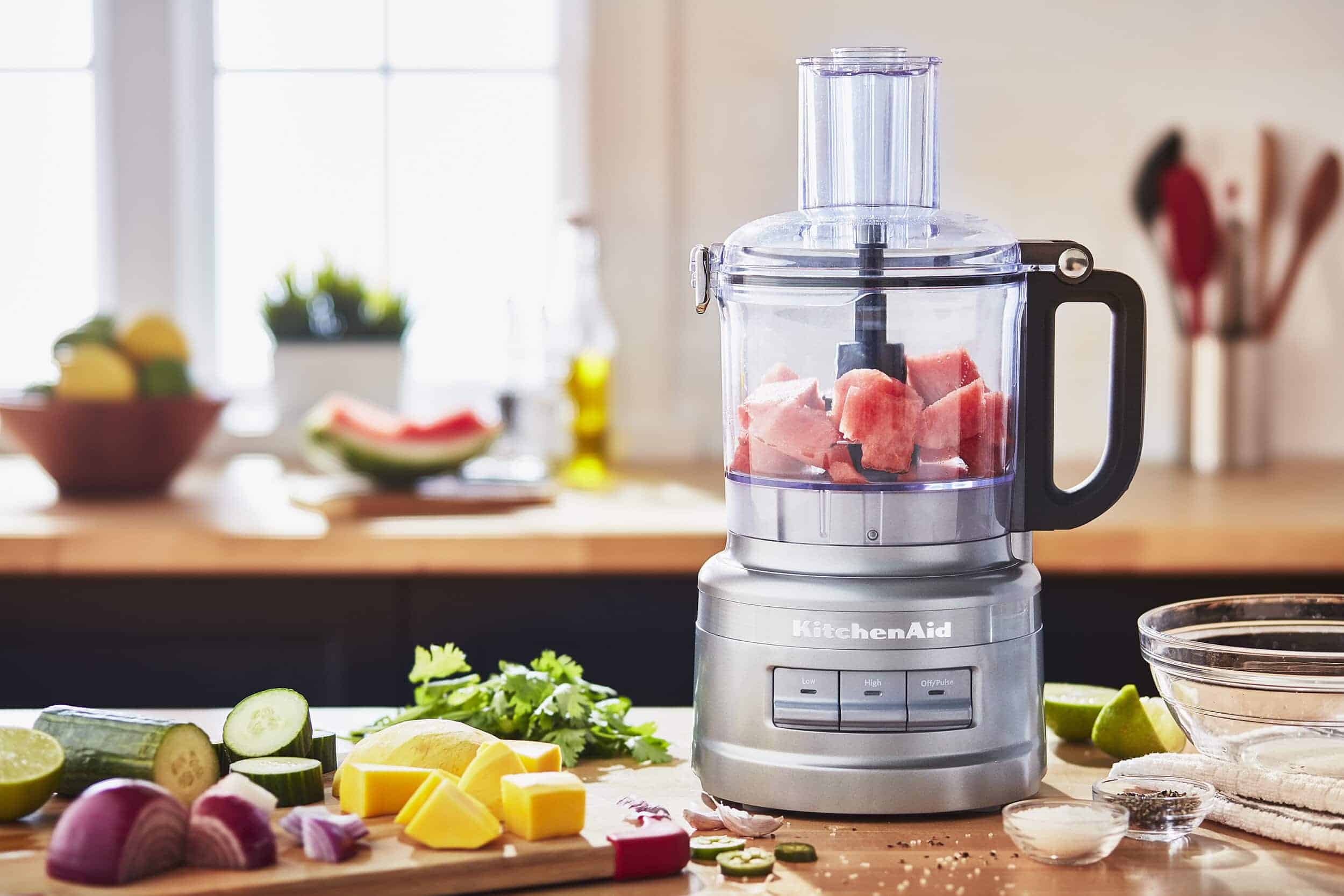

Articles
What To Use A Food Processor For
Modified: January 6, 2024
Discover the versatility of food processors with our comprehensive articles. Learn how to use a food processor for various culinary tasks and enhance your cooking skills.
(Many of the links in this article redirect to a specific reviewed product. Your purchase of these products through affiliate links helps to generate commission for Storables.com, at no extra cost. Learn more)
Introduction
Food processors are versatile kitchen appliances that can greatly assist in meal preparation. With their ability to chop, mix, grind, knead, whip, and more, food processors have become an essential tool for both amateur home cooks and professional chefs. Whether you’re a busy parent looking to whip up quick and healthy meals or a culinary enthusiast eager to experiment with new recipes, a food processor can revolutionize your cooking experience.
In this article, we will explore the various uses of a food processor and how it can simplify your time in the kitchen. From chopping and dicing to mixing and pureeing, grinding and shredding to kneading and dough making, and whipping and emulsifying, a food processor can handle a wide range of tasks that would otherwise require significant time and effort.
So, if you’re curious about the incredible potential of this kitchen appliance or looking for inspiration on how to make the most out of your food processor, read on for a comprehensive guide on what you can use a food processor for.
Key Takeaways:
- Elevate your cooking experience with a food processor, from effortlessly chopping and dicing to creating smooth sauces and creamy frostings. Save time and achieve consistent, delicious results in your culinary creations.
- Embrace the versatility of a food processor to simplify meal preparation, experiment with new recipes, and unleash your culinary creativity. Let this powerful kitchen ally revolutionize your cooking experience.
Read more: What Kind Of Food Processor Does Giada Use
Chopping and Dicing
One of the primary functions of a food processor is to chop and dice ingredients with ease and precision. Whether you’re preparing a stir-fry, salsa, or a salad, a food processor can save you valuable time and effort. Let’s take a look at some specific items that can be efficiently chopped and diced using a food processor:
Vegetables
From onions and garlic to carrots and bell peppers, a food processor can quickly transform a pile of vegetables into perfectly diced pieces. Simply peel and roughly chop the vegetables, then pulse them in the food processor until they reach the desired consistency. This not only saves time but also ensures uniformity in the size of the vegetables, which is crucial for even cooking and presentation.
Fruits
Whether you’re making a fruit salad, a smoothie, or a fruit salsa, a food processor can make quick work of chopping and dicing fruits. It can effortlessly handle fruits like apples, pears, mangoes, and even softer ones like bananas and berries. With just a few pulses, you’ll have perfectly diced fruits ready to be incorporated into your recipes or enjoyed as a delicious snack.
Nuts
When it comes to baking or adding crunch to your dishes, nuts are a fantastic ingredient. However, chopping nuts by hand can be a tedious and time-consuming task. A food processor makes it effortless to chop nuts to the desired consistency, whether you prefer fine crumbs or coarser pieces. You can easily use chopped nuts in baked goods, salads, or as toppings for desserts, adding both flavor and texture to your creations.
Read more: What Can I Use Instead Of A Food Processor
Herbs
Fresh herbs can elevate the flavors of any dish, but the process of finely chopping them can be challenging. Food processors excel at quickly and efficiently chopping herbs, resulting in uniform pieces that can be evenly distributed throughout your recipes. Whether you’re making pesto, salsa verde, or garnishing a dish, a food processor can finely chop herbs like basil, parsley, cilantro, and more, enhancing the aromatic and savory qualities of your dishes.
By utilizing a food processor for chopping and dicing, you can significantly reduce the time spent on meal preparation and achieve consistent results that enhance the overall flavor and presentation of your culinary creations. Now that we’ve explored the chopping and dicing capabilities of a food processor, let’s move on to its mixing and pureeing abilities.
Mixing and Pureeing
A food processor is not just limited to chopping and dicing; it is also an excellent tool for mixing and pureeing a variety of ingredients. Whether you’re making sauces, dips, spreads, or even baby food, a food processor can help you achieve the desired texture and consistency. Let’s explore some specific applications of mixing and pureeing with a food processor:
Sauces
From pasta sauces to marinades, a food processor can make the process of creating flavorful sauces a breeze. By combining fresh herbs, garlic, onions, and other ingredients in the food processor, you can blend them into a smooth and well-combined sauce. The powerful motor and sharp blades of the food processor ensure that all the ingredients are thoroughly mixed, resulting in a delicious sauce with even distribution of flavors.
Dips
Whether you’re hosting a party or simply looking for a tasty accompaniment to your snacks, dips are a must-have. With a food processor, you can effortlessly create a variety of dips, such as hummus, guacamole, or spinach artichoke dip. By blending the ingredients together, the food processor produces a smooth and creamy texture, perfect for dipping chips, vegetables, or spreading onto sandwiches.
Read more: How To Use Shredder On Food Processor
Spreads
By using a food processor, you can create flavorful spreads to enhance your sandwiches, wraps, or toast. Whether you’re making a classic peanut butter spread or experimenting with unique combinations like sun-dried tomato and basil, a food processor can help you achieve the desired consistency and blend the ingredients together seamlessly.
Baby Food
If you have a little one at home, a food processor can be a game-changer when it comes to preparing homemade baby food. From pureeing fruits and vegetables to creating smooth blends of grains and proteins, a food processor can help you provide wholesome and nutritious meals for your baby. By using fresh ingredients and avoiding additives or preservatives, you can have full control over what goes into your baby’s food.
As you can see, the mixing and pureeing capabilities of a food processor allow you to create a wide array of flavorful and smooth creations. Whether you’re making sauces, dips, spreads, or baby food, a food processor can simplify the process and help you achieve consistent and delicious results. Now, let’s move on to the grinding and shredding capabilities of this versatile kitchen appliance.
Grinding and Shredding
A food processor is not just limited to chopping and mixing; it is also a powerful tool for grinding and shredding various ingredients. Whether you’re looking to grind meat, shred cheese, make bread crumbs, or process coconut, a food processor can make these tasks quick and effortless. Let’s explore the different applications of grinding and shredding with a food processor:
Meat
If you enjoy making your own homemade burgers, meatballs, or sausages, a food processor can be a valuable tool. By using the grinding function, the food processor can effortlessly grind raw meat into the desired consistency. Whether you prefer a coarse or fine grind, you can control the texture based on your preference or the specific recipe you’re working with. Grinding meat at home allows you to have full control over the quality and freshness of the meat, ensuring a delicious end result.
Read more: How To Use Vitamix Food Processor
Cheese
Grating cheese by hand can be a time-consuming task, especially when you need a large amount for a recipe. With a food processor, you can easily shred blocks of cheese in seconds. Simply cut the cheese into manageable chunks and pulse them in the food processor until you achieve the desired texture. Shredded cheese from a food processor is perfect for melting on pizzas, adding to casseroles, or topping off your favorite dishes.
Bread Crumbs
Instead of buying store-bought breadcrumbs, you can easily make your own using stale bread and a food processor. This is not only a cost-effective solution but also a great way to repurpose leftover bread. Simply tear the bread into pieces, add them to the food processor, and pulse until you achieve the desired texture. Whether you prefer fine breadcrumbs for coating chicken or coarser ones for adding texture to meatballs, a food processor can quickly and efficiently transform stale bread into breadcrumbs.
Coconut
Processing coconut at home can be a daunting task, but with a food processor, it becomes hassle-free. By using the shredding function, a food processor can grate fresh coconut in no time. Simply remove the tough outer shell of the coconut, cut it into manageable pieces, and shred them in the food processor using the appropriate blade. Freshly shredded coconut from a food processor can be used in a variety of recipes, from cakes and desserts to curries and savory dishes.
With the grinding and shredding capabilities of a food processor, you can save time and effort in the kitchen while achieving consistent and desirable results. Whether you’re grinding meat, shredding cheese, making bread crumbs, or processing coconut, a food processor can simplify these tasks and open up endless possibilities for your culinary creations. Now, let’s move on to the next application of a food processor: kneading and dough making.
Kneading and Dough Making
When it comes to making dough for bread, pizza, or pie crusts, a food processor can be a valuable tool in your kitchen arsenal. Kneading dough by hand can be a time-consuming and physically demanding process, but a food processor can make it seamless and effortless. Let’s explore the specific applications of kneading and dough making with a food processor:
Read more: How To Use A Ninja Food Processor
Bread Dough
If you’re a bread lover, you know that kneading the dough is an essential step in making homemade bread. The process of kneading helps develop gluten, which gives bread its structure and texture. With a food processor, you can knead bread dough efficiently and effectively. Simply combine the ingredients in the food processor, using the appropriate blade, and let it do the work for you. Within minutes, you’ll have well-kneaded bread dough ready to rise and bake into homemade loaves of bread.
Pizza Dough
For those who enjoy making their own pizza at home, a food processor can simplify the process of preparing the dough. Pizza dough typically requires a similar kneading process as bread dough. By using a food processor, you can easily combine the ingredients and let the machine work its magic. The food processor will knead the dough to the perfect consistency, resulting in a smooth and elastic pizza dough ready for rolling out and topping with your favorite ingredients.
Pie Crusts
Whether you’re making a sweet or savory pie, a good pie crust is essential. However, making pie crusts can be a delicate process that requires precise mixing and kneading. A food processor can streamline this task, ensuring a flaky and well-incorporated pie crust. By pulsing the ingredients together in the food processor, you can achieve the perfect texture and consistency for your pie crusts. From apple pies to quiches, your homemade pies will have a professional touch with a little help from the food processor.
By utilizing a food processor for kneading and dough making, you can save time and effort in the kitchen while achieving consistent and desirable results. Whether you’re kneading bread dough, making pizza dough, or creating pie crusts, a food processor can simplify these tasks and help you create delicious baked goods with ease. Now, let’s move on to the next application of a food processor: whipping and emulsifying.
Whipping and Emulsifying
When it comes to creating light and airy textures or achieving smooth and well-blended mixtures, a food processor can excel at whipping and emulsifying various ingredients. Whether you’re making whipped cream, mayonnaise, dressings, or frostings, a food processor can streamline the process and help you achieve perfect results. Let’s explore some specific applications of whipping and emulsifying with a food processor:
Read more: How To Use Braun Food Processor
Whipped Cream
Nothing complements a homemade dessert like a dollop of freshly whipped cream. With a food processor, you can whip cream to perfection in just a matter of minutes. Simply pour chilled cream into the processor and add any desired sweeteners or flavorings. Pulse the mixture a few times until it reaches the desired consistency, being careful not to over-whip. The food processor ensures that the cream is whipped evenly, resulting in fluffy and luscious whipped cream for your favorite desserts.
Mayonnaise
Making mayonnaise from scratch may seem intimidating, but a food processor makes it a breeze. By combining egg yolks, vinegar or lemon juice, and oil in the processor, you can create a smooth and creamy mayonnaise. The machine’s powerful motor and sharp blades emulsify the ingredients, allowing them to blend together into a thick and rich sauce. Homemade mayonnaise not only tastes better but also allows you to control the quality of the ingredients and create personalized flavor variations.
Dressings
Whether you’re dressing a salad or marinating ingredients, a food processor can help you create flavorful dressings and vinaigrettes. By combining oils, vinegars, herbs, spices, and other ingredients in the processor, you can emulsify them to achieve a smooth and well-blended dressing. The food processor’s powerful motor and rapid blades ensure that all the ingredients are incorporated evenly, resulting in a flavorful dressing that enhances the taste of your salads or marinades.
Frostings
A homemade frosting can take your cakes, cupcakes, and pastries to the next level. With a food processor, you can easily whip up smooth and creamy frostings in minutes. By combining ingredients like butter, powdered sugar, and flavorings in the processor, you can achieve a velvety texture and consistent flavor. The food processor’s ability to quickly cream the ingredients ensures a perfect balance of sweetness and smoothness in your frostings.
By utilizing a food processor for whipping and emulsifying, you can create light and airy textures, as well as achieve perfectly blended mixtures. Whether you’re making whipped cream, mayonnaise, dressings, or frostings, a food processor can simplify these tasks and help you create delectable creations with ease. Now that we’ve explored the many uses of a food processor, let’s conclude our guide.
Read more: How To Use The Kitchenaid Food Processor
Conclusion
A food processor is a versatile and invaluable kitchen appliance that can elevate your cooking and baking experience. From chopping and dicing vegetables to mixing and pureeing sauces, dips, and spreads, grinding and shredding ingredients like meat and cheese, kneading dough for bread, pizza, and pie crusts, and whipping and emulsifying creams, dressings, and frostings, the uses of a food processor are limitless.
By using a food processor, you can save time and effort in the kitchen while achieving consistent and desirable results. Whether you’re a busy parent looking for ways to simplify meal preparation, a culinary enthusiast eager to experiment with new recipes, or someone who values efficiency in the kitchen, a food processor is a worthy investment.
With its powerful motor and sharp blades, a food processor can handle a wide range of tasks that would otherwise require significant time and effort. It provides convenience and precision, ensuring that your ingredients are chopped, mixed, ground, kneaded, and whipped to perfection. The ability to control texture, consistency, and flavors allows you to create delightful culinary creations with confidence.
Whether you’re a novice cook or a seasoned chef, a food processor can inspire your culinary creativity and open up endless possibilities. It enables you to experiment with new flavors and textures, simplifies complex recipes, and enhances the overall quality of your homemade dishes.
So, if you’re looking to streamline your meal preparation, expand your culinary repertoire, and add versatility to your kitchen, a food processor is an indispensable tool. Embrace the convenience and power of this appliance, and let it become your trusted ally in the pursuit of delicious meals and delightful creations.
Frequently Asked Questions about What To Use A Food Processor For
Was this page helpful?
At Storables.com, we guarantee accurate and reliable information. Our content, validated by Expert Board Contributors, is crafted following stringent Editorial Policies. We're committed to providing you with well-researched, expert-backed insights for all your informational needs.
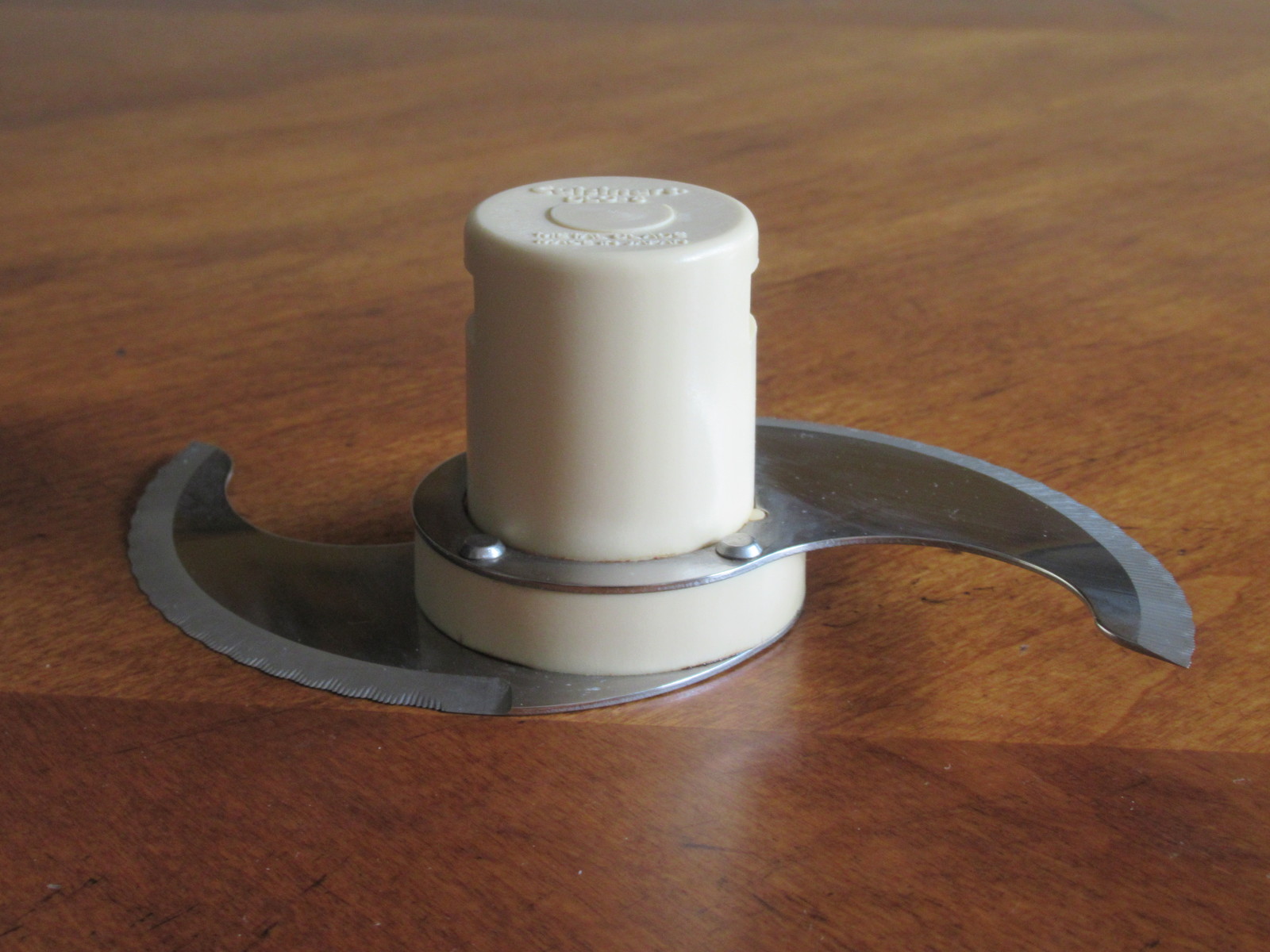
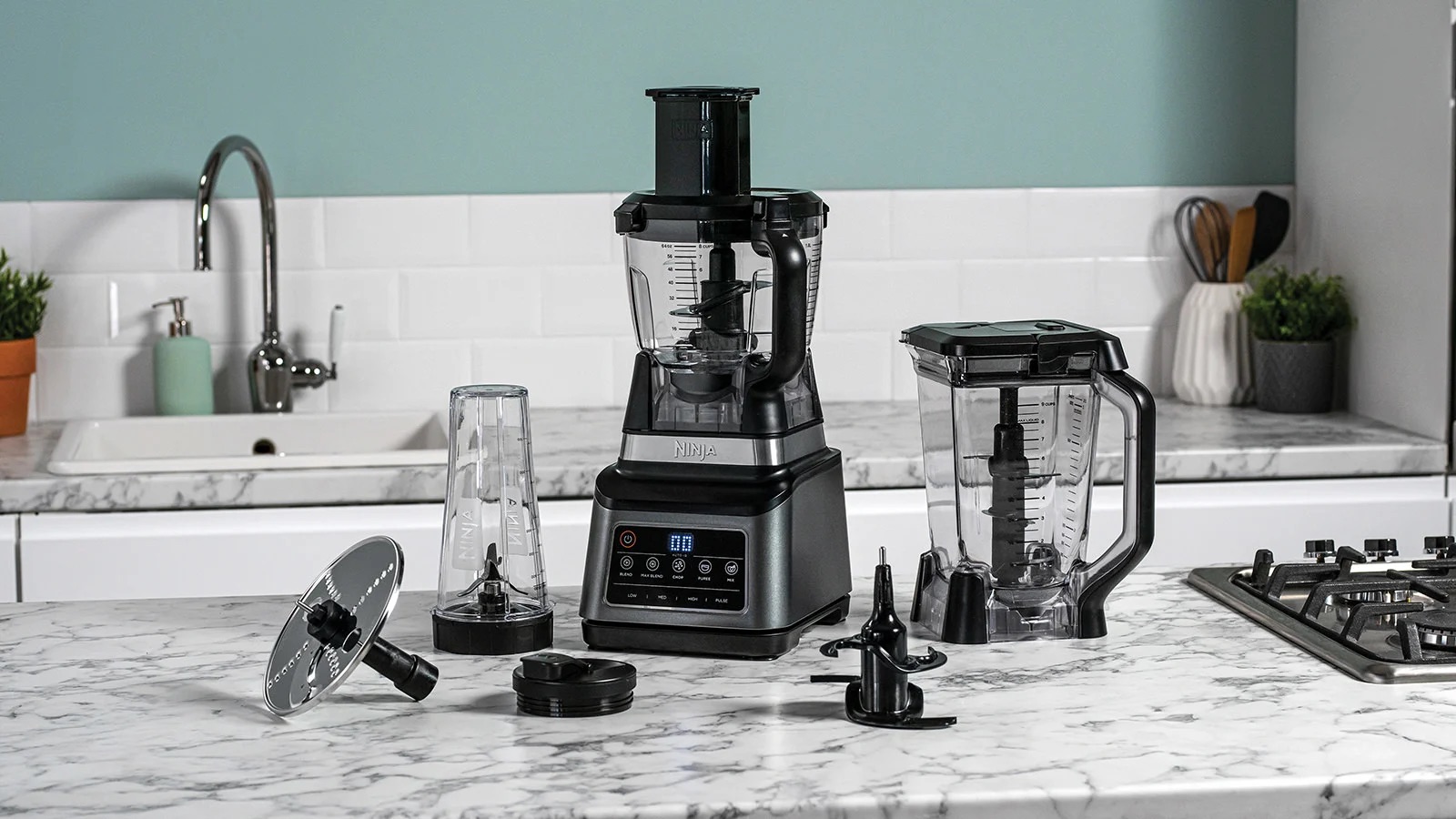
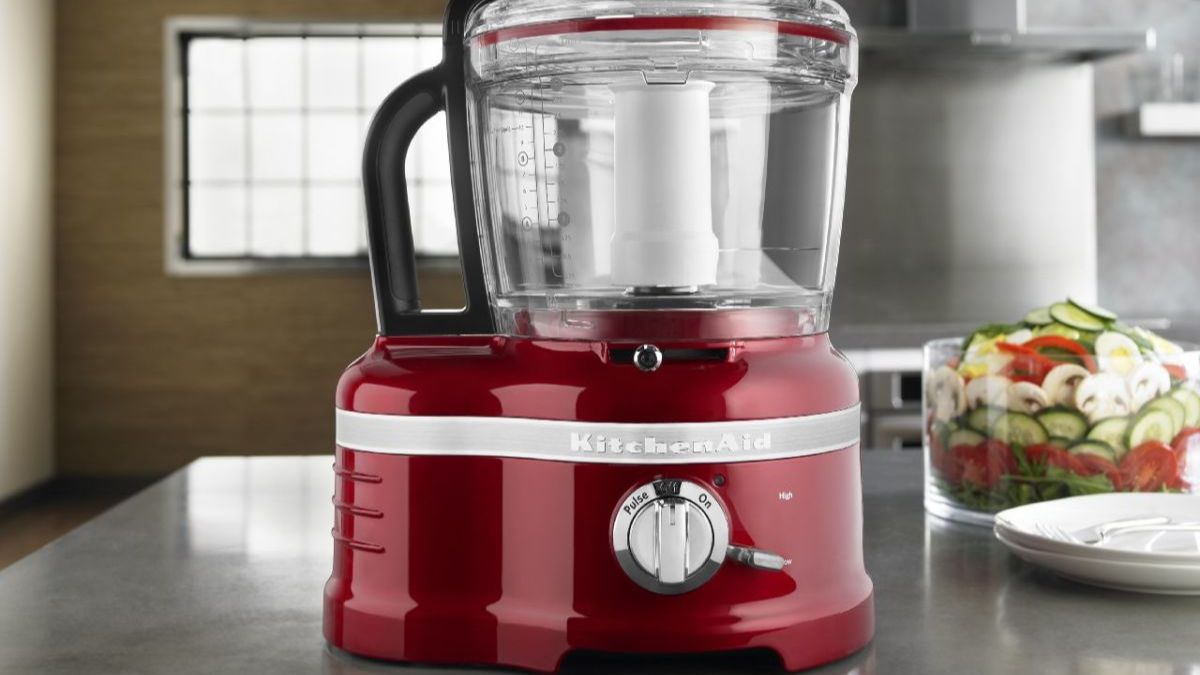
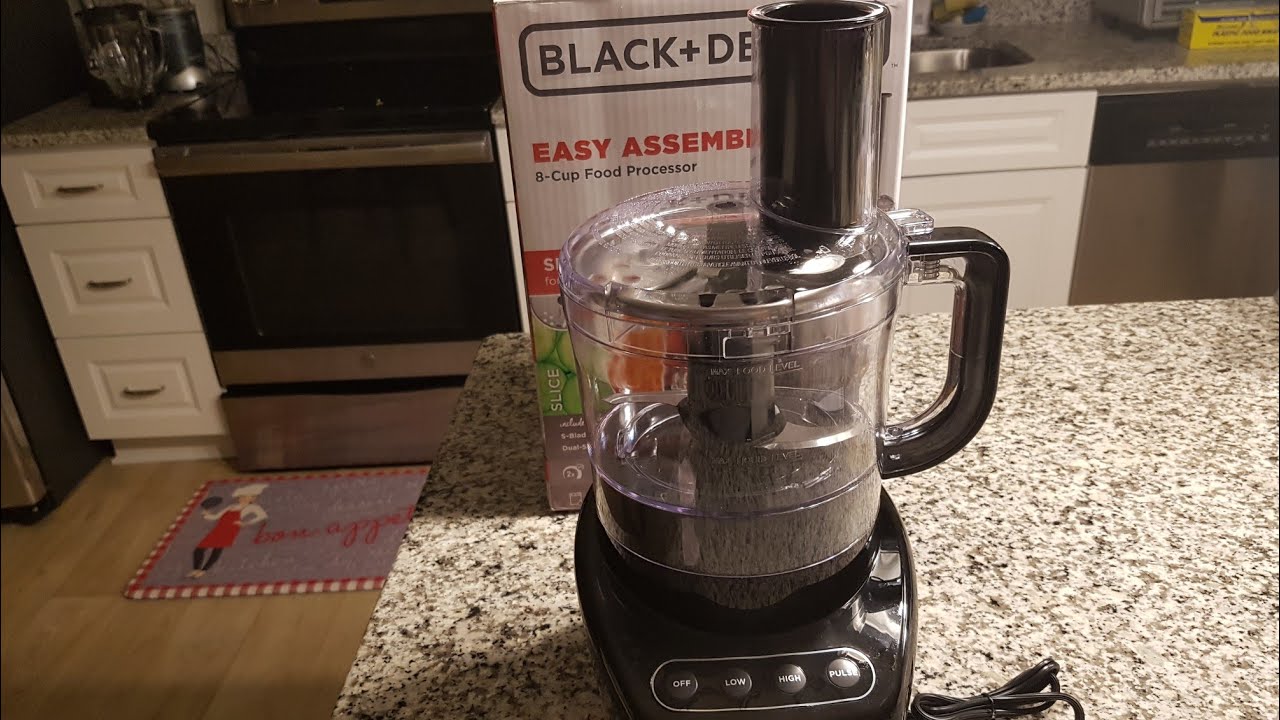
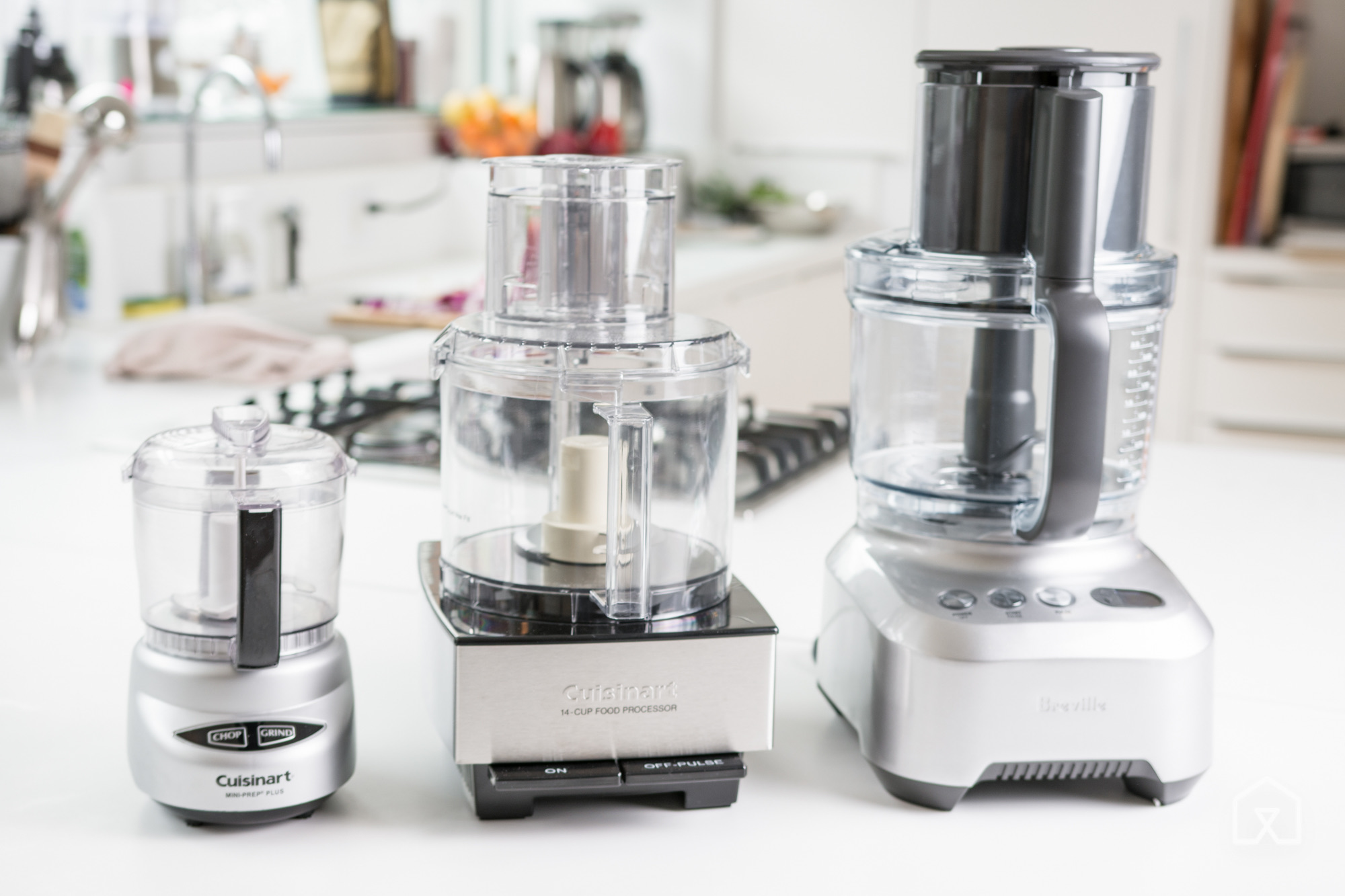
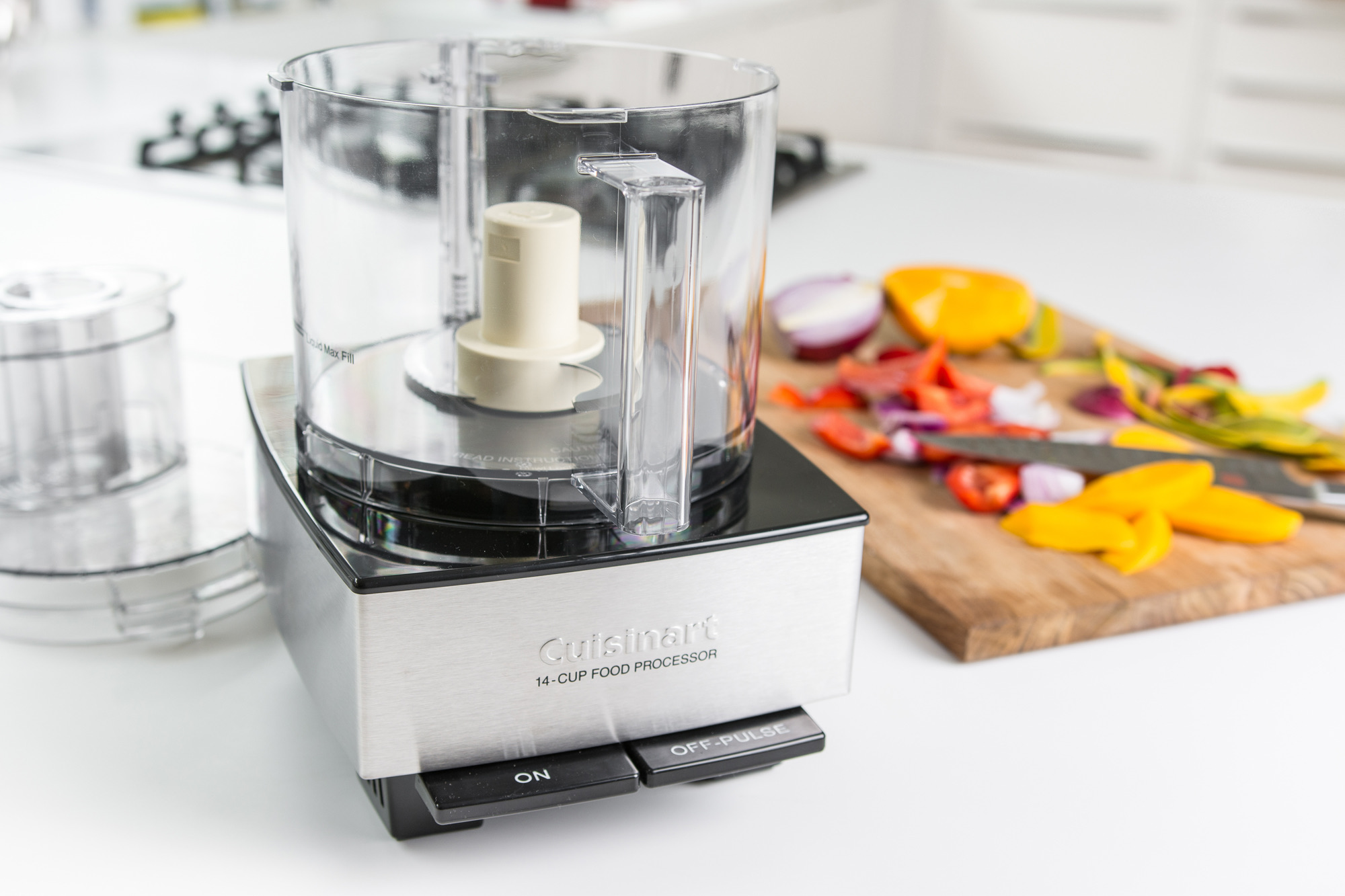
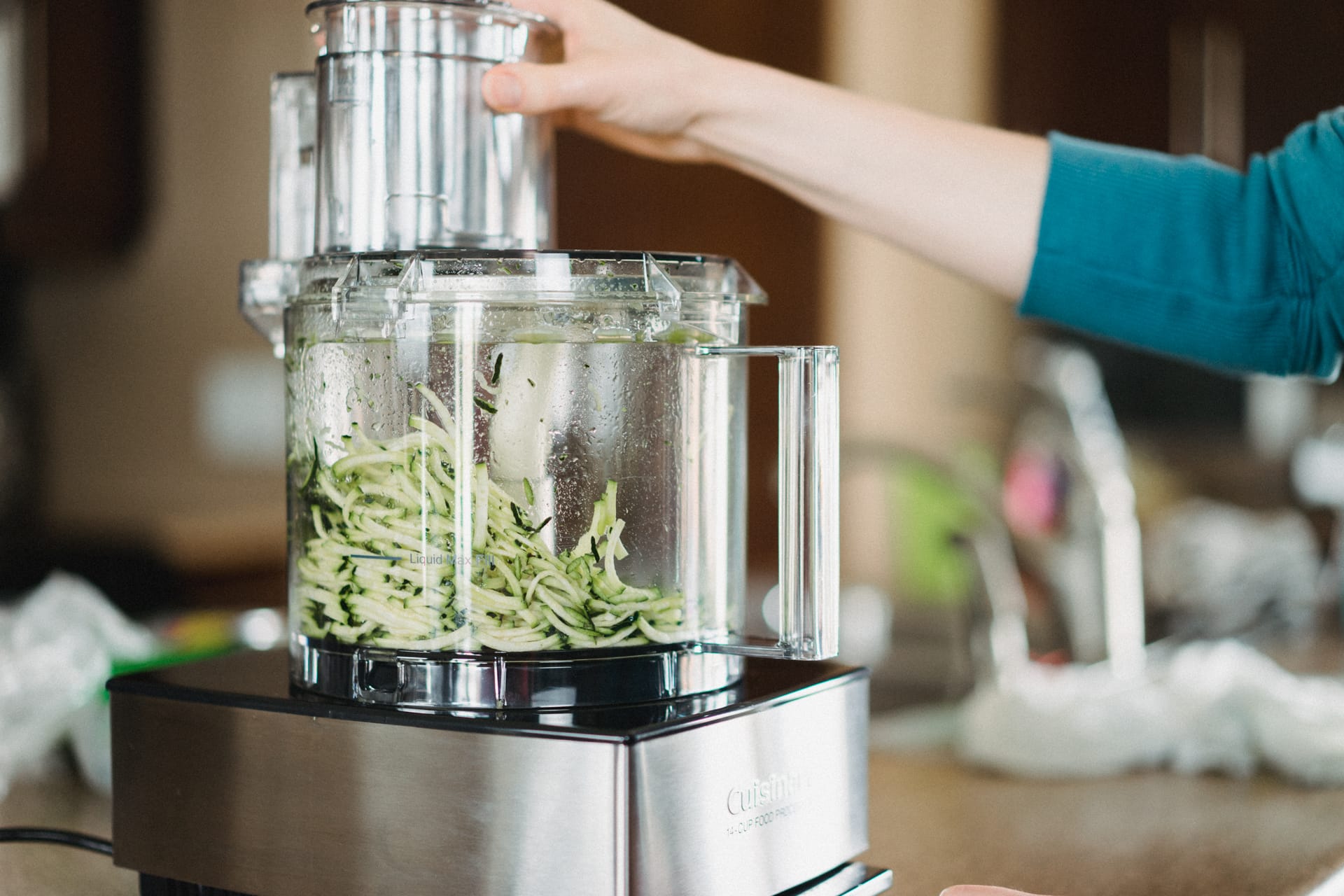
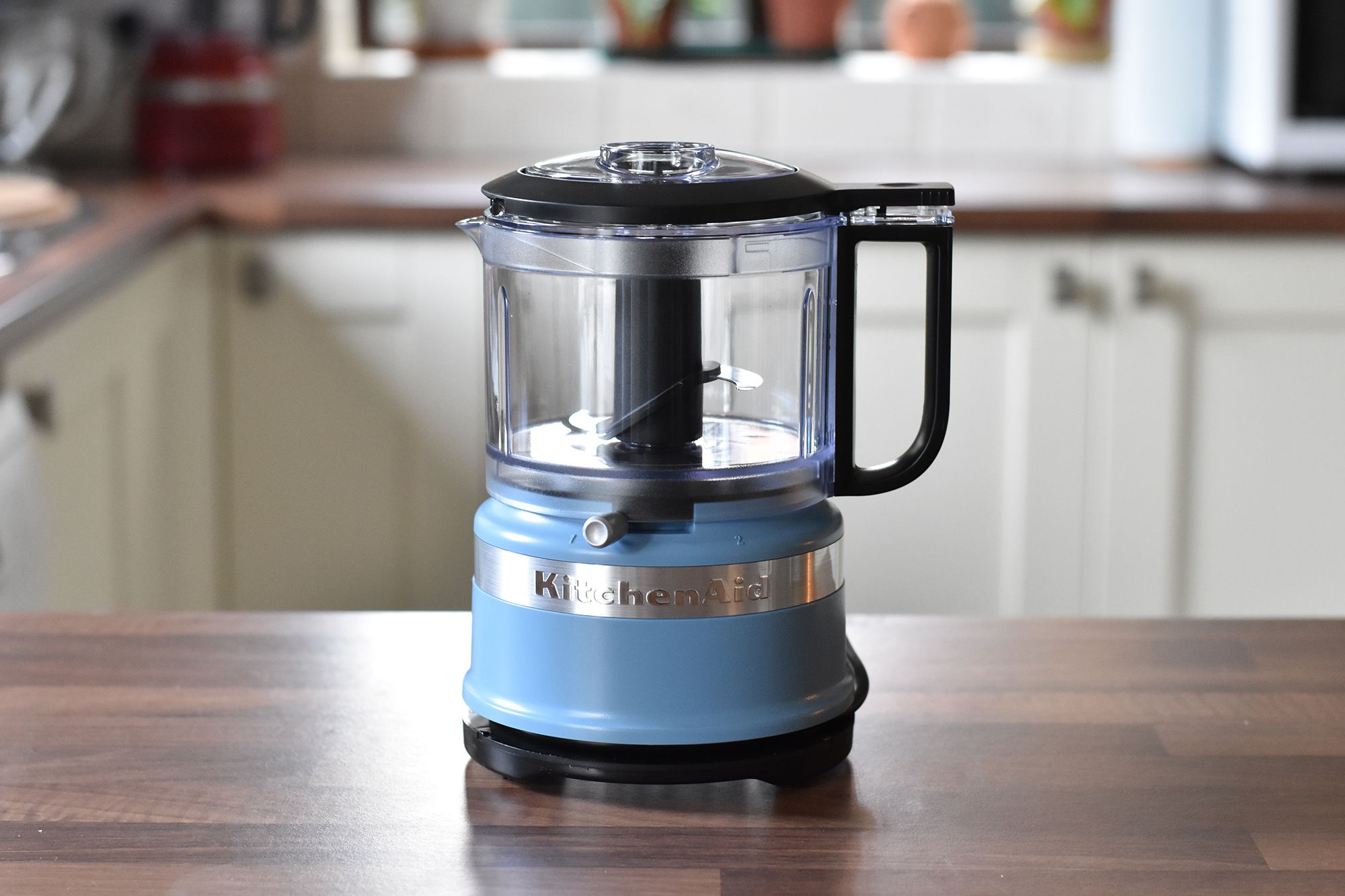
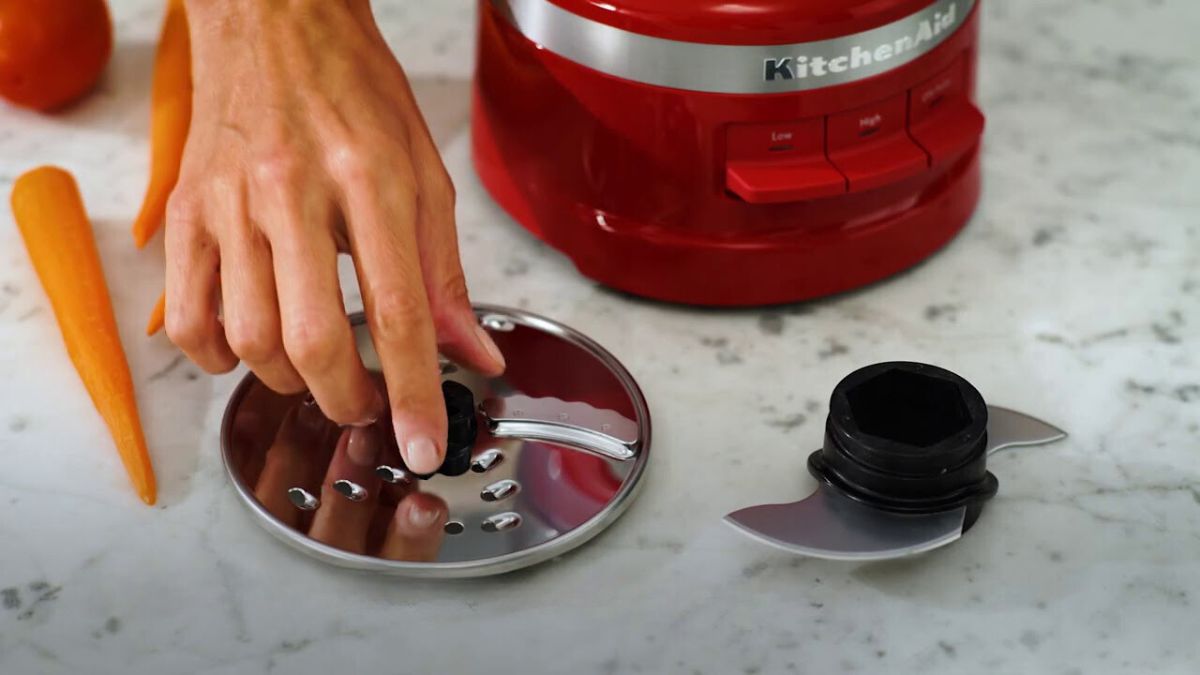

0 thoughts on “What To Use A Food Processor For”